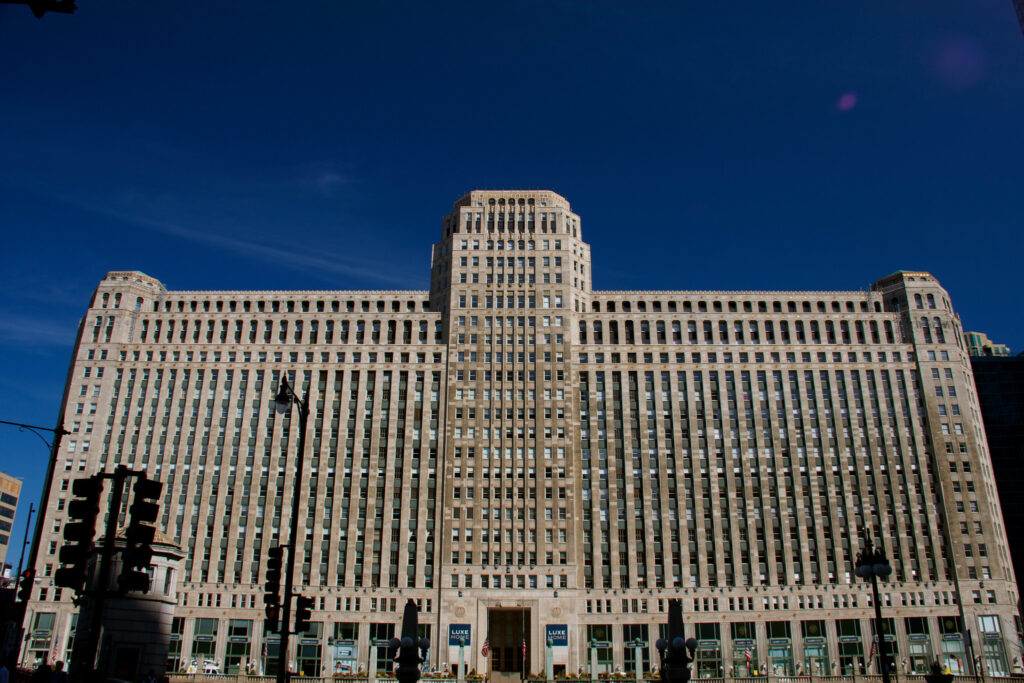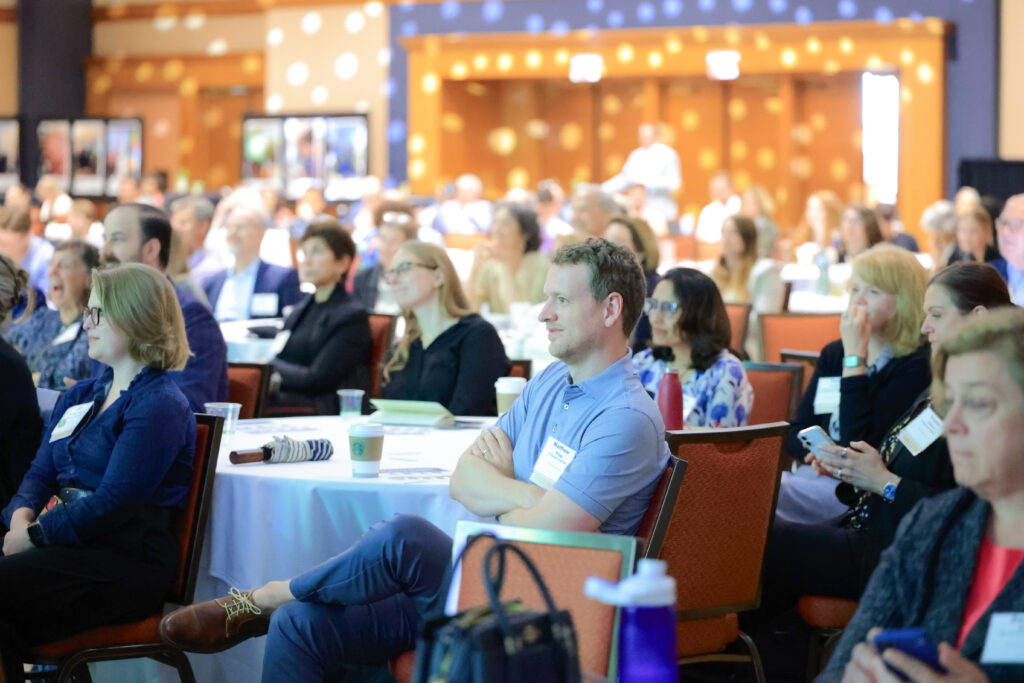Cities are home to most of the human population and serve as the center of most of the world’s economic activity. As more people continue to move to urban areas, it’s crucial for “circular cities” to take a leading role as the center of sustainable development, reducing waste, and cutting carbon emissions. Circular cities are part of the global movement toward smart cities that are more environmentally sustainable and resilient against climate change.
But to make this happen, we need more funding for circular cities as part of an overall public and private investment strategy. Circular cities can be at the center of fighting climate change and driving the Net Zero energy transition. But we need investment to make this a reality.
Fortunately, there are many options for local leaders – in the public or private sector – to get involved with making your city a “circular city.” Let’s explore a few of the best sources of funding for circular cities.
Circular Cities: What they are and how they work
Circular cities use circular economy strategies at the local level to help communities reduce waste, save money, reuse surplus assets, and build resilience against climate change. With circular cities, instead of discarding unused items, everything has a dedicated “next use,” and value can be unlocked from former “waste” products in ways that sustain the environment, create and redistribute wealth, and build community. A circular city is a win-win-win: for public city agencies, for private sector companies and community organizations, and for city residents.
Some circular city projects are focused on energy usage, such as turning waste streams into biogas for renewable energy, or everyday city services like curbside recycling pickup. But other circular cities are getting more creative and expansive about how to use a local, circular economy to make a difference in people’s lives and build stronger community relationships at the local neighborhood level.
One great example is Circular Cleveland, a 30-month initiative in the city of Cleveland, Ohio to bring circular economy strategies to local neighborhoods. As part of this program, Circular Cleveland has awarded small, targeted grants in the range of $3,000 or less to local neighborhood groups and community organizations for a wide range of creative, community-building circular economy projects.
Some of Circular Cleveland’s circular city projects include:
- Collecting and refurbishing used furniture to keep it out of landfills, while providing furniture-building skills training to young people
- Composting for local community gardens, and canning extra fruits and vegetables from the gardens so they won’t end up in the landfill
- Repurposing leftover materials from the NFL Draft (hosted in Cleveland in 2021) for community sewing programs
- Art classes for older adults to make artwork from reclaimed items and recycled products
- Repairing broken-down vehicles, teaching vehicle repair skills to local residents, and using the refurbished vehicles to distribute food in the community
These are just a few great examples of how circular cities can create more vital communities at the local level. Circularity is not just about reducing waste or avoiding the landfill, it’s about finding eager recipients who can unlock value from those unused items and discarded materials. And there are spillover benefits for the entire community: healthier, locally-grown food; refurbished vehicles given new life; and valuable skills training for people of all ages.
Cities are sitting on a gold mine of untapped potential that circular economy strategies can help unlock. But these projects need funding. The circular cities concept is becoming more top-of-mind for American city leaders, but most city governments do not have a line item in the budget for “circularity.” Banks and investment firms are seeing the ROI of issuing “green bonds” for renewable energy production and other projects; circular cities deserve to be part of that same conversation.
Sustainability leaders are becoming more proactive at getting circular cities a seat at the table for financing. If you want to bring circularity to your city, it helps to get creative and use a multifaceted approach.
Let’s look at how circular city projects can find funding.
Public sector funding sources for circular cities
Federal funding: Local relief funds from the American Rescue Plan Act (ARPA) of 2021 could potentially be used for circular city programs. ARPA provides wide discretion to local municipalities for how to allocate funding for goals related to economic recovery and social equity, including infrastructure projects to build resilience against climate change. The National League of Cities has more details about how ARPA funds can be used – and how to meet the deadlines to obligate and expend these funds.
Multilateral development banks: The U.S. Department of Commerce offers a complete Guide to Doing Business with the Multilateral Development Banks. Relevant programs from the World Bank and other international NGOs include:
- International Finance Corporation (IFC) Climate Business – supporting sustainable cities and catalyzing finance for climate action
- Global Environment Facility (GEF) Sustainable Cities Impact Program – integrates urban planning with low-carbon infrastructure, sustainable waste management and nature-based solutions for urban sustainability
- Inter-American Development Bank (IDB) Emerging and Sustainable Cities Program – dedicated to cities in Latin America and the Caribbean; helps improve urban, environmental and climate change sustainability
Private sector funding
Although the Inflation Reduction Act (IRA) of 2022 does not include circular economy projects specifically, this world-changing climate law is likely to drive significant private investment for circular economy initiatives. This article from Closed Loop Venture Group (CLVG) explains how the Inflation Reduction Act will indirectly help to accelerate circular economy markets in the U.S.
Billions of federal dollars from the Inflation Reduction Act are creating a stronger foundation for clean energy and the climate transition. After only 6 months since the IRA was signed into law, companies have announced $64 billion of private investments in clean energy, creating 53,000 jobs and sparking positive spillover effects throughout the economy.
The IRA is making the climate transition more real and more urgent as part of the fabric of everyday life, and it’s making the business case for climate-friendly sustainable cities clearer than ever before. Sustainability leaders can use this friendly investment climate to get more proactive in attracting more private sector funding.
Private funding sources for your circular city project might include:
Impact investors: Some investment firms are dedicated to investing in companies and projects that drive social impact on environmental protection and climate change. Rheaply has benefited from impact investors like Salesforce Ventures Impact Fund, Microsoft’s Climate Impact Fund and Elevate Impact Partners Elevate Future Fund.
Venture capitalists: Several venture capital (VC) firms are focusing on circular economy companies and related projects. These firms include Circular Investment (based in the Netherlands), Circularity Capital (based in the UK), and Closed Loop Partners (based in the U.S.). VC firms can be primed for making investments into the local economy.
Corporate social responsibility (CSR) funds: Big names on Wall Street are getting involved in circular economy investments. One example is BlackRock, the world’s largest asset manager – and a big booster of the circular economy. BlackRock launched its first circular economy public equity fund in October 2019, and they believe in the long-term ROI potential for circular economy projects.
Even if these specific investment firms or VC funds are not a good fit for your specific city’s project, these are good examples of the burgeoning investment ecosystem around circularity. As “circular economy” is becoming more of a household-name concept in the financial world, more investors are seeing the value in circular economy investments. And even if these investors can’t back your circular city project, they might be willing to take a meeting with your team – or point you in the right direction.
Community-based funding: What if your circular city project could raise money on the local level? Even if your city is not a hub of venture capital, even if your community isn’t on the radar of big-time Wall Street investors, your city probably has a few local “Angel Investors” or philanthropists who would be happy to invest in their own local community. A crowdfunding campaign can also be a great way to build support (and raise awareness) about your circular city project on the grassroots level.
Green bonds: Cities have often issued “green bonds” for eco-friendly infrastructure projects like renewable energy installations; why not do the same for circular city projects? One example is the City of Phoenix, which has included circular economy adapted products as part of its official Green and Sustainability Bond Framework.
For more ideas on how to fund your circular city project, check out this EU Circular City Funding Guide.
Why circular city projects need private sector buy-in
When discussing funding models for circular cities, it’s crucial to have strong leadership from the private sector. City governments tend to be understaffed and have inconsistent operating budgets to pay for initiatives like circular economy strategies. The business case for circularity is strong, so private sector organizations are often in the best position to lead a circular cities project in their local communities. If the private sector can take the lead, raise capital and conduct local outreach, the local city government will often be eager to support these efforts.
For example, Rheaply is working with the City of San Francisco to create a local online exchange for surplus building products and salvaged construction materials. Local businesses and community organizations are eager to get access to lower-cost (or no-cost) building materials and construction materials. The city is supportive and involved every step of the way, and the private sector is providing a huge impetus for the success of this project.
Circular cities are valuable on so many levels, from community-building to supporting local nonprofit organizations. Circular cities are “the right thing to do,” for the climate and for our communities, but they also make economic sense and create value for businesses. For a successful public-private partnership, it’s important for businesses to see the financial viability, and understand the value from a business ROI standpoint. Sometimes a “commercial first” approach can help a city get its circular city strategy up and running: if you can have a private sector sponsor for a circular economy project, the larger community can see the success happening and build upon that momentum.
Make your city a leader in circularity
The urgency of climate change, and the opportunity of circular economy strategies, are crying out for leadership from circular cities. No two cities are the same in how they go after a climate action plan; every city has its own unique climate challenges, strengths and resources. But every business leader, economic development professional, or city agency official can have a role to play in making your city more circular. Here are just a few ideas of how your city can benefit from a circular strategy – what if your city could…
- Repurpose uneaten restaurant food or about-to-expire grocery items that would otherwise go to waste – and provide meals to local Food Banks?
- Salvage unused bricks, stones, and lumber from construction sites and redistribute them to small businesses and nonprofit organizations – helping to build affordable housing in the community?
- Create a hyperlocal digital supply chain to quickly find a next best use for unused office chairs or other surplus workplace assets – in a way that gets these items out of the warehouse and costs off the books, while unlocking value for local community partners?
Once your city starts seeing the impact of circularity, you’ll start to see more opportunities everywhere. And this will drive additional momentum for funding and investment, while keeping more economic value within your community. In the same way that “buying local” helps the local economy, because it keeps more of those consumer dollars circulating in the local community, circular cities keep your city’s reusable resources alive and making a difference in your community, instead of getting shipped out of town or ending up in a landfill.
Wherever you are in your reuse and sustainability journey, whether you’re an employee in a large enterprise, or an economic development official, or if you own a construction company, there’s a place for you in the circular economy. Rheaply can help.


